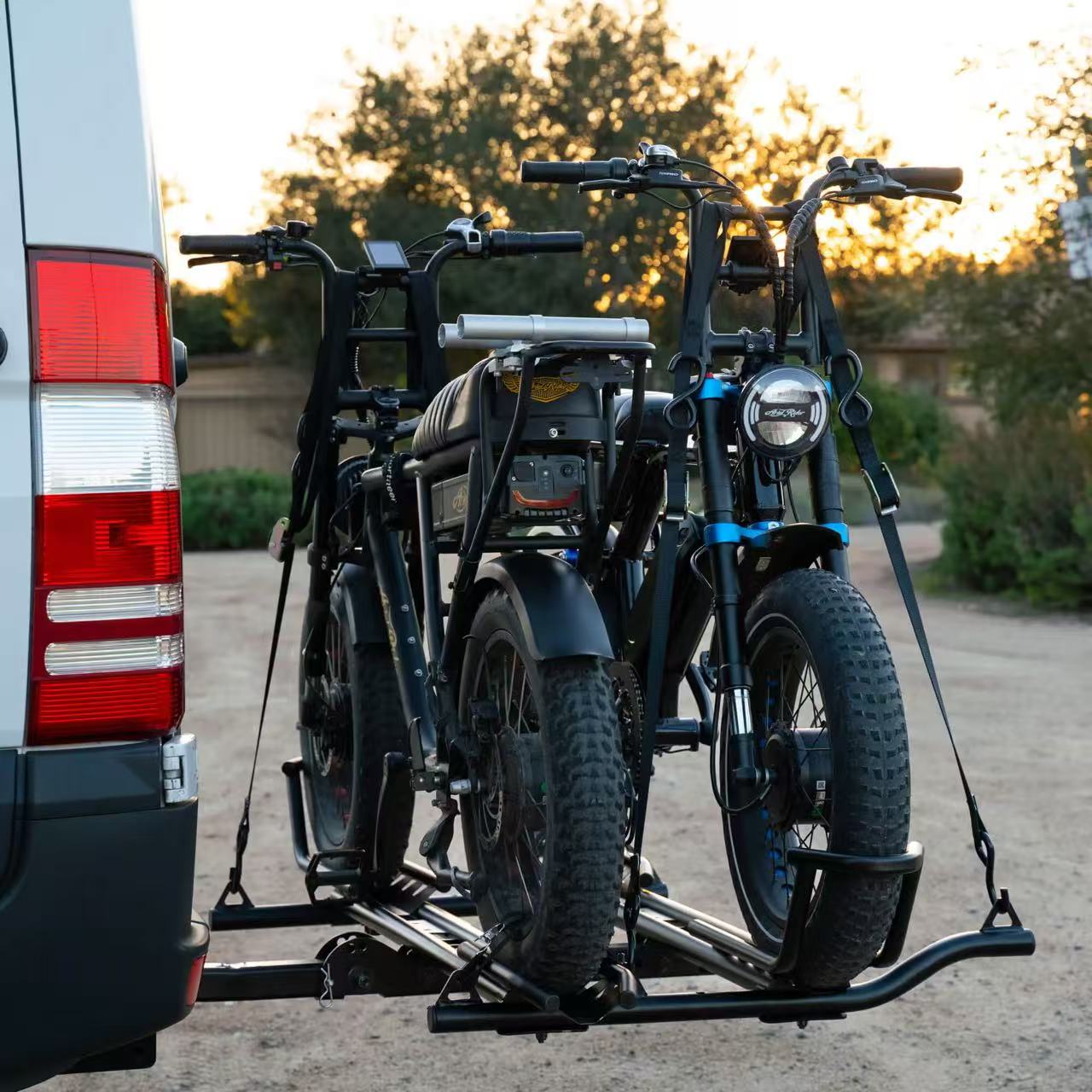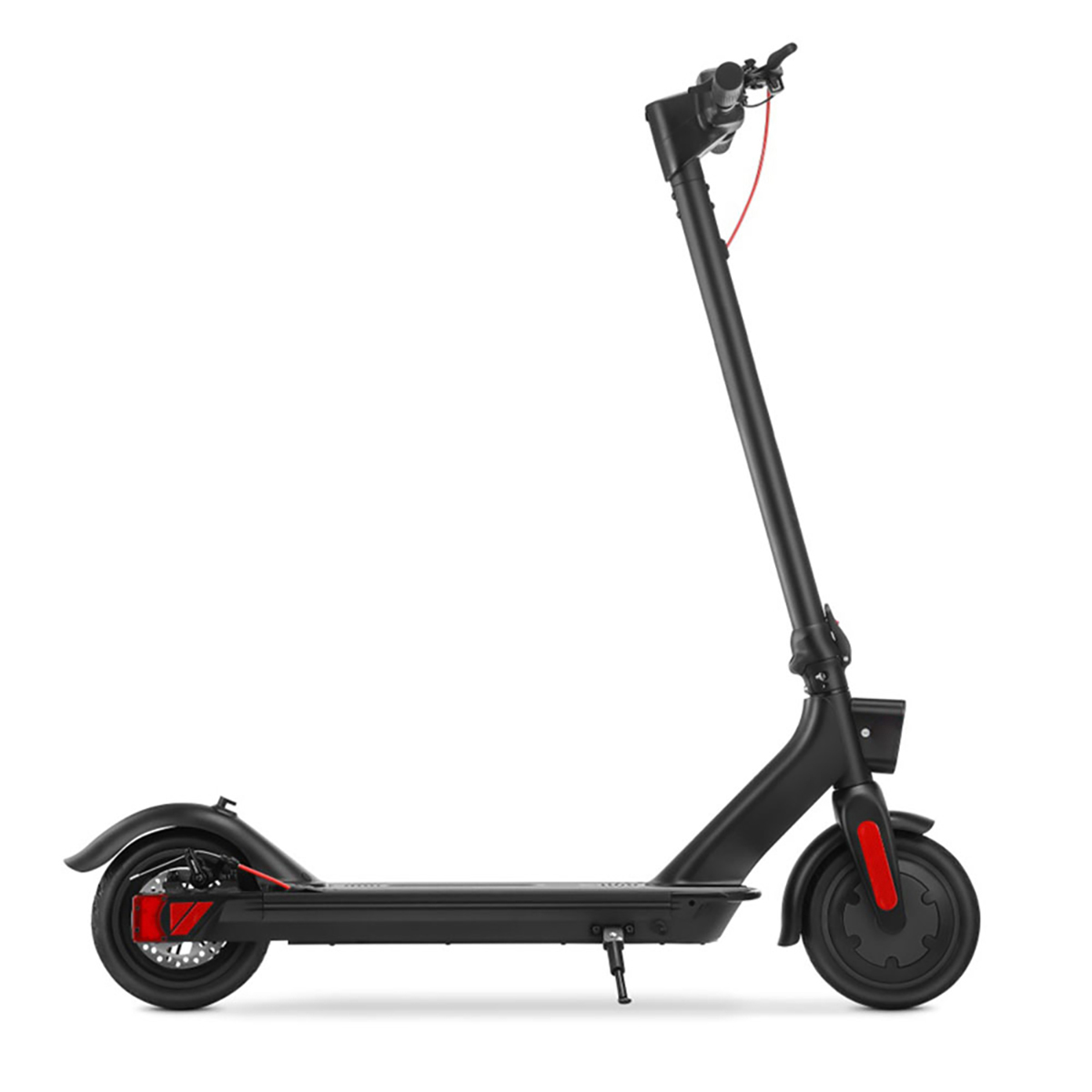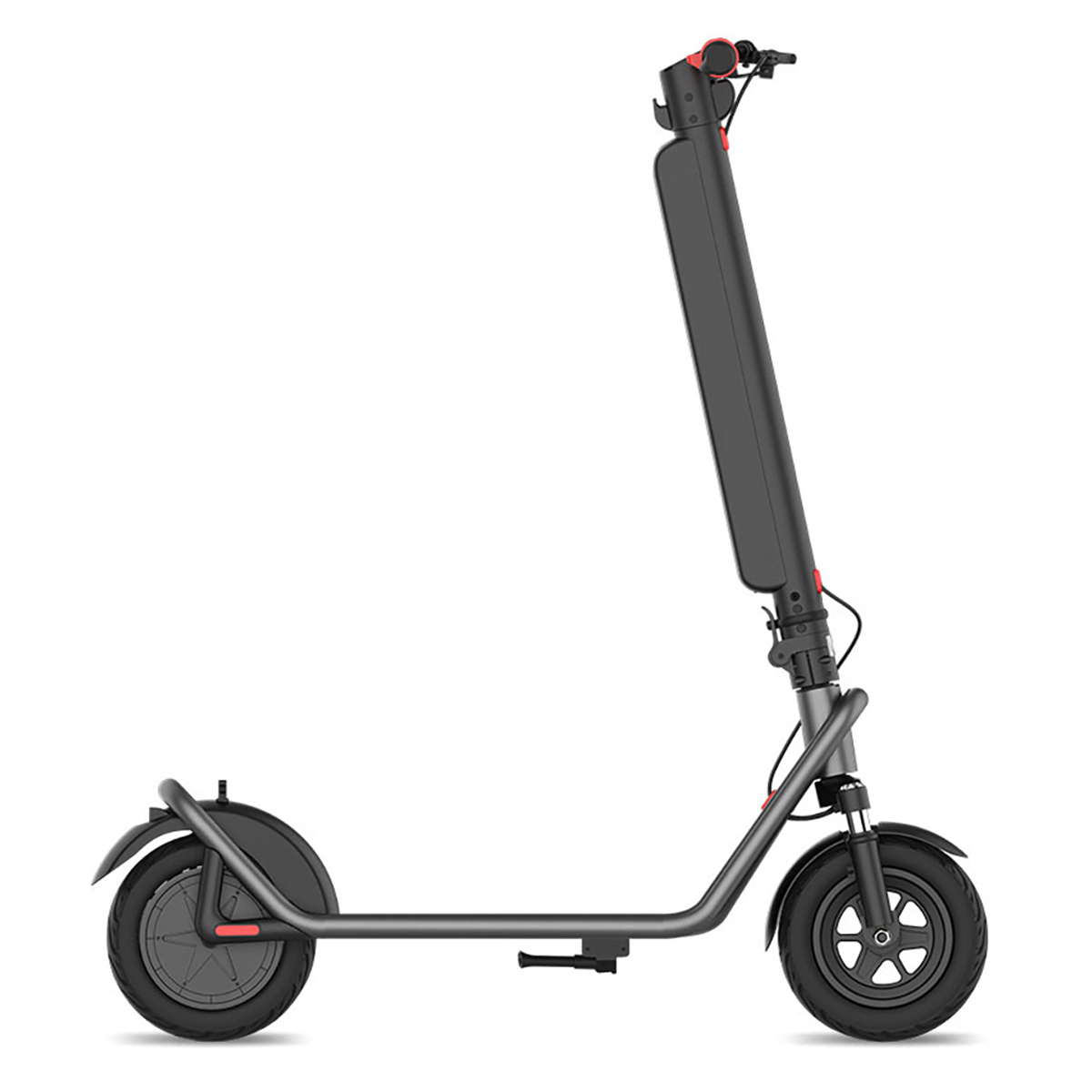Your e-bike is more than just a ride—it’s your ticket to adventure. Whether you’re heading to a mountain trail, a coastal path, or a cross-country road trip, to transport your electric bike safely is key to keeping the journey stress-free. But with hefty frames, sensitive electronics, and unique design challenges, moving an e-bike isn’t as simple as tossing a traditional bike into the trunk.
Why E-Bike Transport Demands Extra Care
E-bikes are heavier (often 50–70 lbs), bulkier, and more mechanically complex than regular bicycles. Their batteries, displays, and motors require protection from shocks, weather, and theft. A poorly secured e-bike can damage your vehicle, drain your battery, or even become a safety hazard on the road. But with the right approach, you can ensure your e-bike arrives ready to ride—wherever adventure calls.
Option 1: Transport Inside Your Vehicle
Ideal for short trips or solo riders, storing your e-bike inside your car, SUV, or van offers maximum protection from the elements and prying eyes.
How to Do It Right
Prep the Bike: Remove the battery (store it upright in a cool, dry place) and detach the front wheel if possible. This cuts weight and saves space.
Protect Your Interior: Lay down a tarp, moving blanket, or silicone-backed mat to guard against dirt, grease, and scratches.
Position Carefully: Place the bike drivetrain-side up to avoid bending the derailleur. Secure it with straps or bungee cords to prevent shifting during sudden stops.
Lock It Down: Even inside your car, use a U-lock through the frame and rear wheel. E-bikes are prime targets for thieves.
Pros: Weatherproof, theft-resistant, no extra gear needed.
Cons: Limited space, messy interiors on muddy days, impractical for multiple bikes.
Option 2: Use a Bike Rack—But Choose Wisely
Racks are the go-to for most riders, but not all are e-bike compatible. Here’s a breakdown:
Hitch-Mounted Racks: The Gold Standard
Why They Win: Designed to handle heavy loads (look for a 60+ lb per bike capacity), hitch racks keep e-bikes stable and won’t block your trunk or license plate.
Key Features:
2-Inch Hitch Receiver: Avoid 1.25-inch hitches—they lack the strength for e-bikes.
Tilt Function: Lets you access the trunk without unloading bikes.
Wheel Cradles & Straps: Look for adjustable arms to fit fat tires (up to 5” wide).
Roof Racks: Proceed with Caution
The Catch: Lifting a 60+ lb e-bike overhead is risky. Wind resistance also drains your car’s fuel efficiency and strains the rack.
If You Must: Use a step stool, recruit a helper, and opt for a frame-mounted roof rack (not just fork mounts).
Trunk Racks: Not Recommended
Most trunk racks can’t handle e-bike weight, and their straps may damage your car’s finish. Save these for lightweight road bikes.
Pro Tips for Rack Users
Lighten the Load: Remove the battery and store it in the car. This reduces rack strain and deters theft.
Secure Everything: Use padded straps to fasten the frame and wheels. Add a secondary cable lock between the bikes and rack.
Flag It Up: In some regions, a red flag or light is legally required if the rack obscures your taillights.
Extra Safeguards
1. E-Bike Insurance: Peace of Mind on Wheels
Standard auto insurance rarely covers bikes on racks. Specialized e-bike insurance (like Oyster) can protect against:
Theft (even during transit)
Accidental damage (e.g., collisions, falls)
Liability (if your bike causes injury/property damage)
Cost Saver: Some homeowners’ policies cover e-bikes—check your terms!
2. Drive Like You’re Towing
Increase Following Distance: Extra weight means slower stops.
Avoid Sudden Moves: Accelerate and brake gently to prevent swaying.
Watch for Height Changes: Parking garages, drive-thrus, and steep inclines can scrape racks or bikes.
3. Weatherproofing Hacks
Use a Bike Cover: Protect against road salt, rain, and UV rays. Choose a breathable, waterproof fabric.
Shield the Display: Wrap the handlebar display in a plastic bag to prevent moisture damage.
4. Pre-Trip Checks
Tighten Bolts: Ensure the rack and bike are firmly attached.
Test Lights: Verify brake lights and turn signals aren’t blocked.
Charge the Battery: A full charge prevents damage from extreme temps during transit.
Know the Law
Transport regulations vary widely:
California: Requires racks to not obstruct the driver’s view or license plate.
Europe: Many countries mandate rear light extenders for obscured taillights.
Australia: Speed limits may apply when towing bikes.
Always Check Local Laws Before Traveling.
Conclusion
Transporting an e-bike might seem daunting, but with the right gear and know-how, it’s a breeze. Prioritize safety, invest in quality racks or storage solutions, and protect your e-bike with insurance. Remember, a little prep goes a long way in ensuring your e-bike is ready to roll when you are.
At DCCED, we’re here to support every leg of your journey. Explore our range of lightweight, foldable, and rack-compatible e-bikes designed for explorers on the go.










